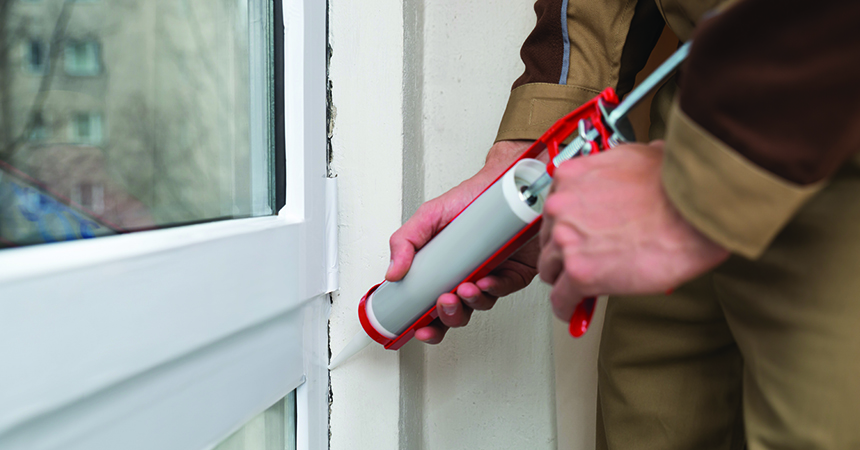
With a long list of new federal tax credits available through the Inflation Reduction Act (IRA) passed in 2022, it can be hard to know where to start. Since tax credits are available through 2032, there’s time to plan your home improvements to maximize your energy and financial savings. This is the first in a series of blog posts on projects that could qualify for IRA benefits.
Before investing in big-ticket items like heating and cooling systems, it’s smart to make sure your home is properly weatherized. This means making improvements that keep air from entering and leaving your home through gaps, cracks and openings. If you add up the small gaps, cracks and leaks in a typical home, it’s the same as leaving a window open year-round.
Fall is the perfect time to address air leaks in your home before the temperature drops. This can include sealing leaky air ducts, replacing caulk or weatherstripping around doors and windows, adding insulation and installing new windows. Making these weatherization fixes alone can lower your energy bills, while also improving your indoor air quality and making your home more comfortable.
When combined with bigger-ticket items like heating and cooling systems, weatherization improvements deliver even more value by helping to maximize the energy savings of those appliances. That’s because air leaks make your heating and cooling system work harder to control your home’s temperature, making it less efficient and using more energy.
“Proper sealing and insulation allows your heating and cooling systems to operate efficiently, saving you energy and lowering your bills,” said Jose Benitez, a home performance manager with HomeRx and a member of Energy Trust’s Trade Ally Network. “The most important spaces to prioritize are attics, crawl spaces and walls, especially in older homes built before building codes required specific amounts of insulation.”
For example, homeowners who weatherize while also installing an energy-efficient heat pump save between $500 and $800 more per year in energy costs than homeowners who install heat pump but don’t weatherize, according to the American Council for an Energy-Efficient Economy, and weatherization projects can pay for themselves and then some within a few years. For example, weatherization can help bring down the lifetime cost of owning and operating a heat pump by as much as $11,000.
Similar savings and cost benefits apply to other heating and cooling systems installed in weatherized homes.
When it comes to paying for weatherization improvements, Energy Trust offers insulation and window incentives to lower the upfront costs. Federal tax credits of up to $1,200 are available to offset costs of insulation and up to $600 for the cost of new windows.
“I always encourage my customers to take advantage of those offerings,” said Benitez. “There are a lot of people who aren’t aware of these incentives and the impact they can have. It only takes a few minutes. If they click ‘yes’ a couple of times, I can take care of the rest.”
For more advice on where to get started, check out Energy Trust’s DIY resources or find a contractor in the Trade Ally Network who can connect you to incentives and services.
Note: Requirements for federal tax credits and Energy Trust incentives may differ. Energy Trust does not give tax advice. Consult your tax professional for current information on credits available and how to apply.
